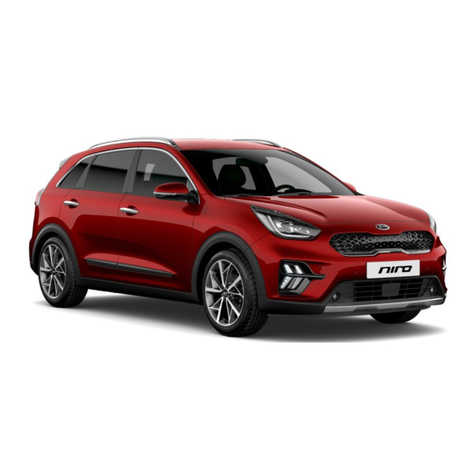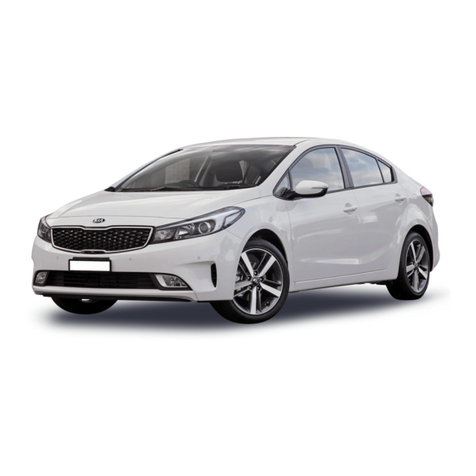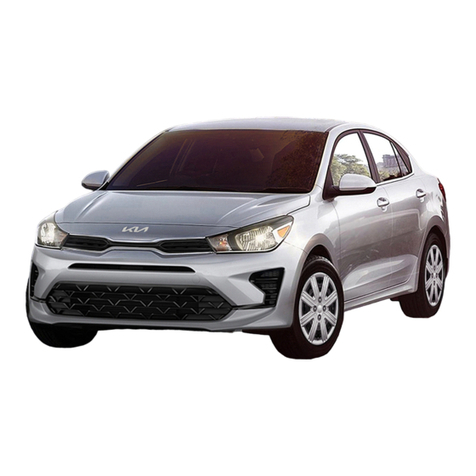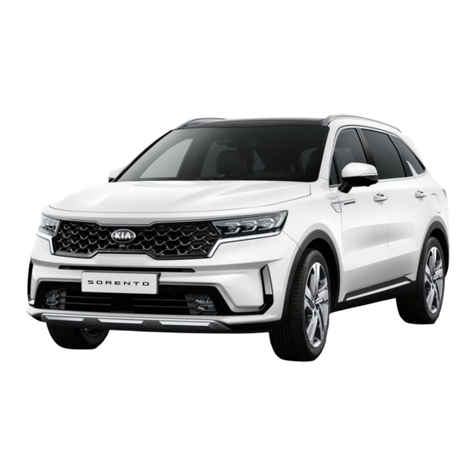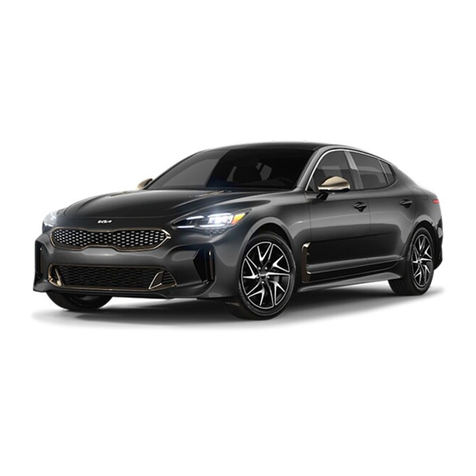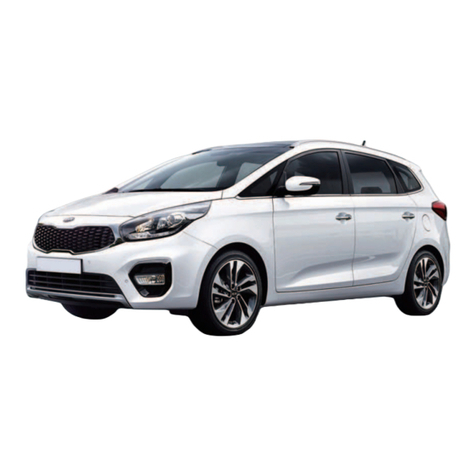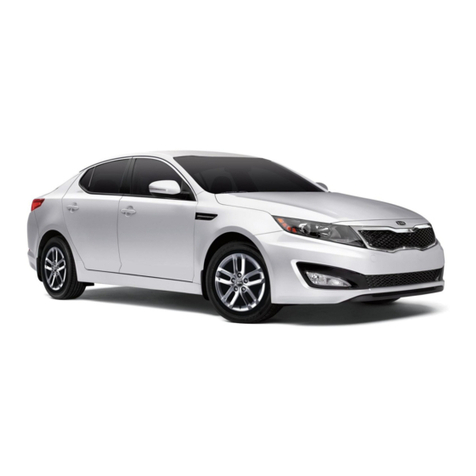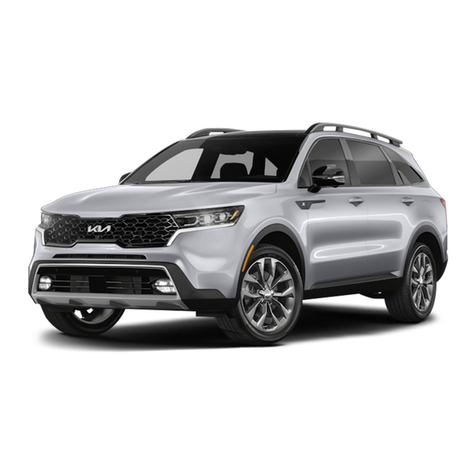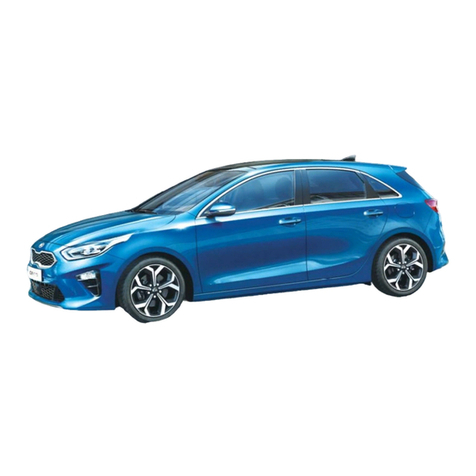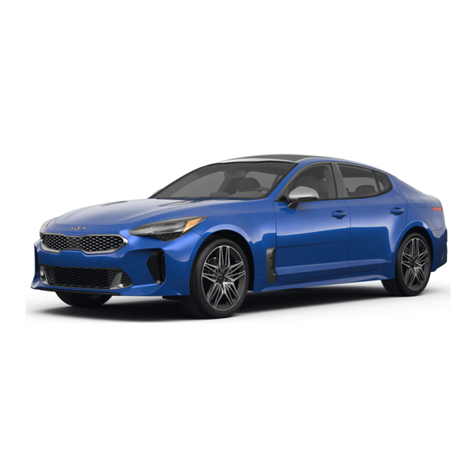
Introduction
41
Fuel requirements
Your New Vehicle Limited Warranty
may not cover damage to the fuel
system and any performance prob
-
lems that are caused by the use of
fuels containing methanol or fuels
containing MTBE (Methyl Tertiary
Butyl Ether) over 15.0% vol. (Oxy
-
gen Content 2.7% weight.)
Do not use methanol
Fuels containing methanol (wood
alcohol) should not be used in your
vehicle. This type of fuel can reduce
vehicle performance and damage
components of the fuel system,
engine control system and emission
control system.
Fuel additives
Kia recommends that you use
unleaded petrol which has an octane
rating of RON (Research Octane
Number) 95 / AKI (Anti Knock Index)
91 or higher (for Europe) or Octane
Rating of RON (Research Octane
Number) 91 / AKI (Anti-Knock Index)
87 or higher (except Europe).
For customers who do not use good
quality petrols including fuel addi
-
tives regularly, and have problems
starting or the engine does not run
smoothly, one bottle of additives
should be added to the fuel tank at
every 15,000 km (For Europe, Aus
-
tralia and New Zealand) / 10,000 km
(Except Europe, Australia and New
Zealand).
Additives are available from a pro
-
fessional workshop along with
information on how to use them. Kia
recommends to visit an authorised
Kia dealer/service partner.
Operation in foreign countries
If you are going to drive your vehicle
in another country, be sure to:
䳜Observe all regulations regarding
registration and insurance.
䳜Determine that acceptable fuel is
available.
Diesel engine
Diesel fuel
Diesel engines must be operated
only on commercially available diesel
fuel that complies with EN 590 or
comparable standard. (EN stands
for "European Norm"). Do not use
marine diesel fuel, heating oils, or
non-approved fuel additives, as this
will increase wear and cause dam
-
age to the engine and fuel system.
The use of non-approved fuels and /
or fuel additives will result in a lim
-
itation of your warranty rights.
Diesel fuel of above cetane 51 is
used in your vehicle. If two types of
diesel fuels are available, use sum
-
mer or winter fuel properly accord
-
